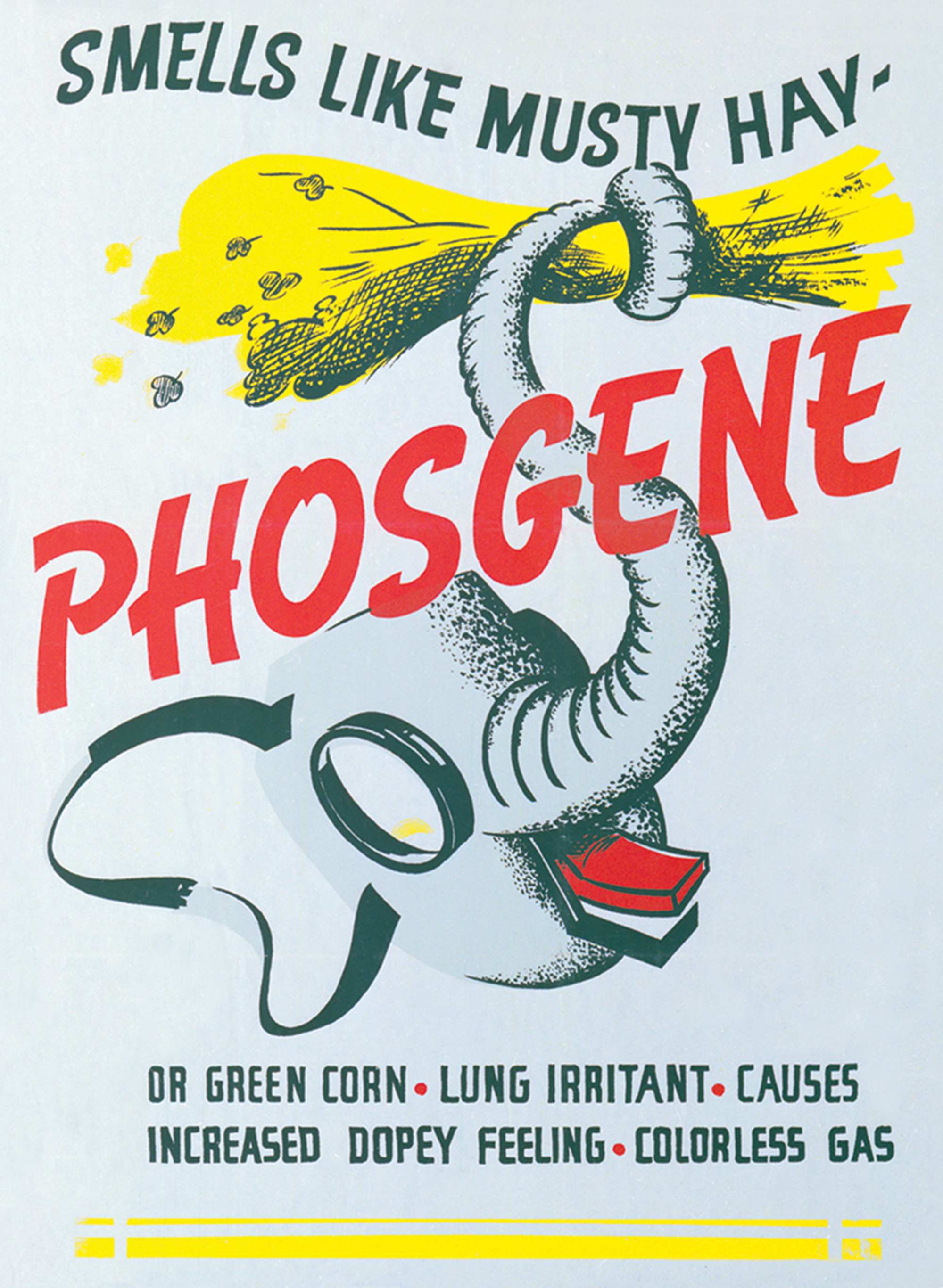Law and Odor
Scent as a chemical weapon
Ned Beauman
Earlier this year, a Wisconsin medical examiner was charged with stealing part of a human spine that she’d intended to use to train her dog to sniff out murder victims. She could have saved herself a lot of trouble by spending $57 on her credit card. In the online store of the Sigma-Aldrich Corporation—which sounds like the villain in a cyberpunk novel, but is in fact just a multinational science company—you can find three different products intended to simulate the smell of a rotting body: one for the early stages of decomposition, one for the late stages of decomposition, and one for decomposition under water. They were developed in 1990 by chemists Thomas Juehne and John Revell, who had already delighted police canine handlers by working out how to fake the smells of heroin, cocaine, and marijuana. Until the release of the Sigma Pseudo Corpse Scent line, these handlers had been accustomed to using soil collected from underneath a cadaver, which is apparently an unpleasant thing to keep in your office (although still pretty innocuous compared to a pilfered human spine). It’s strange to think of laboratories devoted to imitating the worst stenches known to man, like some sort of dark mirror of the perfume business—but in fact this is a growing niche industry with a surprising number of customers, nearly all of them in uniform.
After all, it’s not only dogs who have to be trained. For $750, the Chemical, Biological, Radiological and Nuclear Defense Information Analysis Center will sell you a reinforced briefcase, full of red, blue, and yellow capsules, resembling an accessory from a high-priced board game. It’s designed to help emergency response personnel familiarize themselves with the smells of cyanide, lewisite, mustard gas, phosgene, sarin, soman, tear gas, ricin, botulinum, and something called “embryonated egg virus slurry.” In a sense, the Enhanced CBR Simulant Training Kit is a disaster movie or paperback techno-thriller adapted to a new medium: real dogs find real corpses all the time, but no one has ever released mustard gas on American soil, so the capsule containing its scent warns of a grim, low-probability hypothetical. (In World War II, the easiest way to train soldiers to recognize mustard gas was by describing the smell in words: “Smells like garlic, horseradish, mustard,” read one US Army poster.)

Some odors are so unpleasant that the problem is less recognizing them than enduring them. American soldiers arriving in Iraq were never likely to smell nerve gas because, it famously turned out, the only chemical weapons in the country were a few hundred rusty tins of useless sarin from the 1980s. But what they were certain to confront was a more banal miasma: burning rubber, diesel fumes, dead dogs, roasted goat, raw sewage, and all the other airborne excrescences of a Middle Eastern village in the aftermath of an invasion. The US Army operates several facilities for training its soldiers in MOUT, or military operations on urban terrain, some of them so elaborate that they resemble Disney theme parks. There, the technology of choice is Biopac Systems’ Scent Delivery System, which holds eight different scent cartridges and can be controlled via USB like a rock concert’s lighting rig. The Biopac system is most often used in stores, hotels, and resorts, and so most of the cartridges in the company’s extensive catalogue feature scents like Apple Pie, Buttered Popcorn, and Suntan Lotion. But there are also twenty-four “specialty scents,” which read like a list of keywords from a manly life well-lived: Barn Yard, Beer, Body Odor, Burning Electrical, Burning Leaves, Burning Rubber, Burnt Wire, Campfire, Cat Urine, Diesel Exhaust, Dirt Floor, Garbage, Grilling Meat, Hospital Smell, Human Feces, Lit Cigarettes, Low Tide, Manure, Marijuana Smoke, Mildew, Natural Gas, Race Car Exhaust, Swamp, Raw Sewage, Red Wine, Rum, Smelly Dog, Sulphur, Urine, Weapon Fire, and Whiskey. The only product in common between the two lists is Gunpowder, which presumably has cheerful associations for some people and less cheerful associations for others.